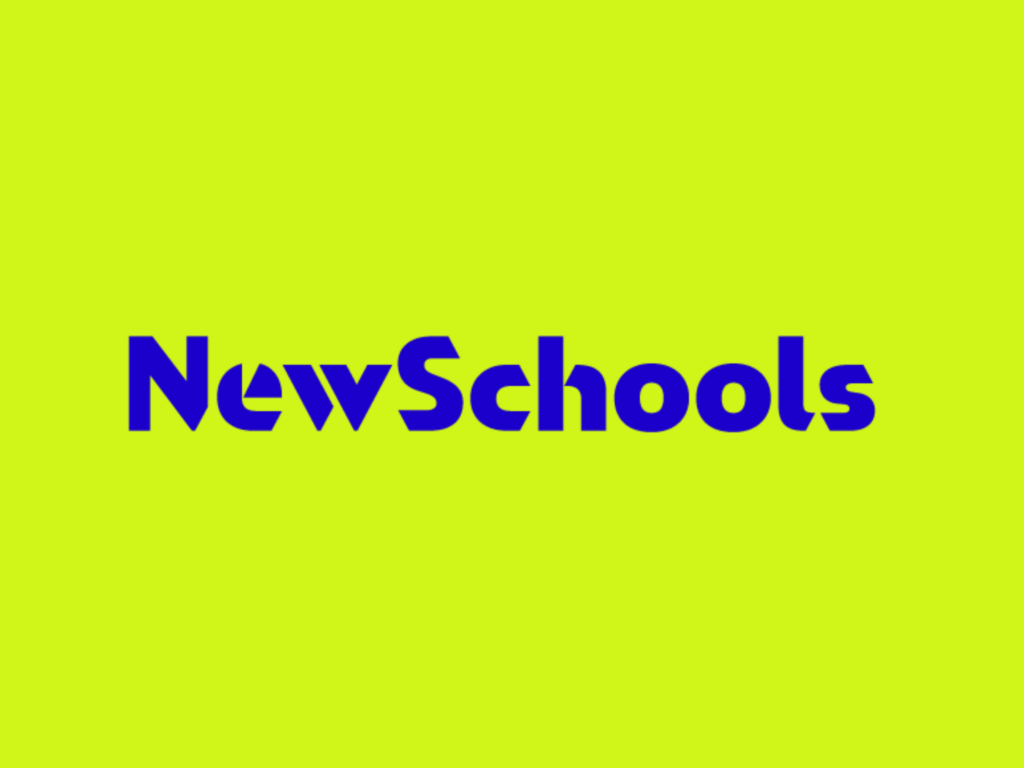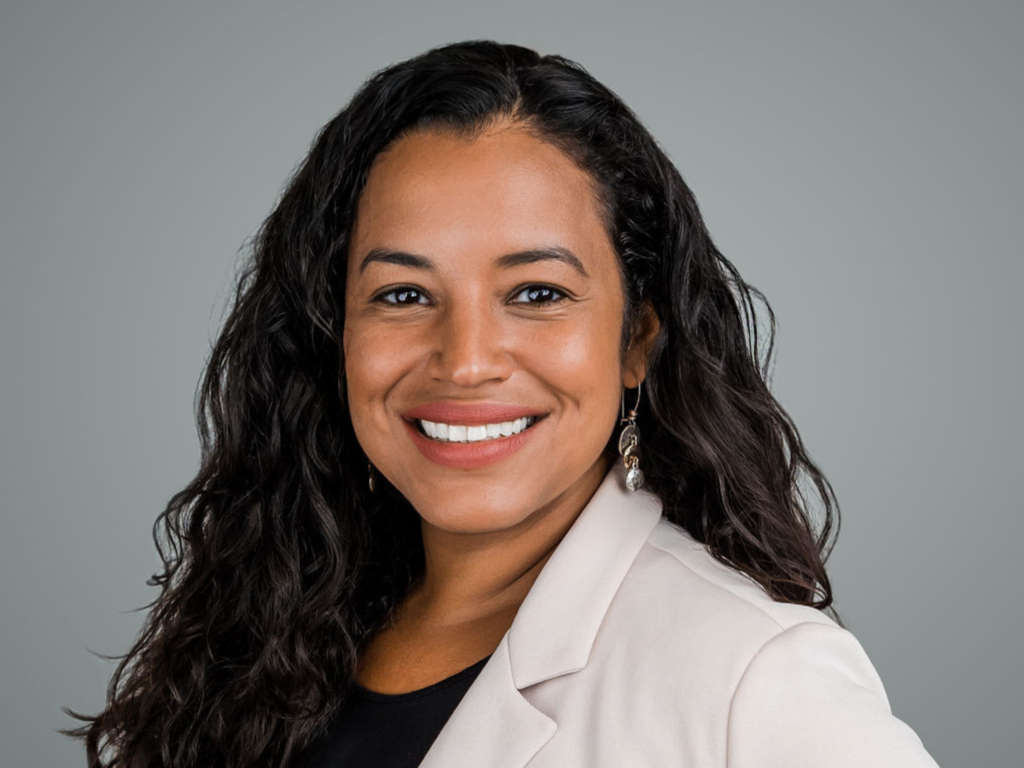I recently participated on a Digital Promise panel about whether what economists call“pull mechanisms” can create more incentives for innovation in education technology. Pull mechanism refers to things like challenges, prizes, and advanced market commitments – ways of paying for innovations based on their actual performance. This in contrast to government agencies and philanthropists making upfront investments in design and development of solutions and then “pushing” them to (or some would say on) buyers and users. A key idea is that some sort of coordinated action on the demand side – in this instance from schools, districts, and states – will create compelling reasons for suppliers to behave differently, better, more responsively. Tom Kalil from the White House Office of Science and Technology Policy moderated the panel – he’s been a tireless advocate for the approach for years.
I’ve been part of a number of these conversations over the past few years largely because until recently I led the K-12 innovation team at the Gates Foundation. We learned a great deal about pull mechanisms from our colleagues in the foundation’s Global Health division and tried to apply some of those lessons in the U.S. education work. I often describe the approach as increasing the chances of finding solutions by getting lots of innovators working on the same problems, in different ways, at the same time.
The most promising example from the Gates team so far is the Literacy Courseware Challenge. Working closely with ELA teachers, literacy experts, and cutting edge school leaders, we put out a call to innovators to show up with products or product roadmaps to meet the needs of students and teachers in real classrooms. The challenge received 151 entries, and four external selection panels narrowed the group to 29 finalists who then each received smallish grants totaling $6m. These instructional supports are being tested in classrooms by teachers with their students over an 18 month period. And, since being named as finalists, 9 of the companies have collectively raised nearly $40 million in private capital to accelerate their development efforts. SRI is running an implementation and outcomes study during the life of the challenge, and all the information will be made public next year.
But, it’s really difficult to put all the pieces together again and again in order to run multiple challenges that:
- effectively connect the voice and needs of students and teachers with product developers,
- identify and recruit test-bed classrooms and schools,
- manage the multitude of relevant relationships and logistics,
- make sure all of the activity is connected to the realities of classrooms, and
- produces useful credible information about implementation and outcomes.
And I’ve learned that even when foundations with good working relationships have an interest in working collaboratively on such projects, it is incredibly difficult without an implementation partner. That’s’ why I believe that making the most of the power of challenges and other pull mechanisms requires a mix of local and national players who can design and manage them in collaboration with funders. These groups need a number of strengths and capabilities:
- Commitment to prioritizing the voice and needs of users
- Understanding of market dynamics and incentives and a cautious optimism about shaping them to encourage targeted innovation
- Deep relationships and credibility with teachers and school leaders
- Capacity to implement complex projects coupled with a continuous improvement mindset to apply lessons learned to future efforts
Some promising local efforts are emerging but there is still room for city-based and national leadership in this area. LEAP Innovations in Chicago is supporting local schools, teacher networks, and product developers and is committed to making connections among them. 4.0 Schools in New Orleans is ramping up its efforts to connect its product and services entrepreneurs with innovative school designers. NewSchools Venture Fund (where I’m joining as CEO in late July) has a City Fund in Washington DC that supports school designers as well as ed tech innovations like LearnZillion, but NewSchools could do much more to connect the work of its robust national networks of ed-tech and school entrepreneurs. Digital Promise, which hosted the panel I mentioned earlier, is a national organization with 46 member districts in its League of Innovative Schools and a Marketplace project focused on the intersection between supply and demand, and the team is thinking hard about how best to make connections across its networks and projects. There are plenty of other similar efforts emerging across the country and in specific regions; these are just the examples I know best.
All of this activity in cities and across national networks is creating glimpses of what a more connected innovation ecosystem of local and national players might look like, one that can help create incentives and supports for innovations that more effectively meet the needs of students and teachers. I am optimistic that over the next two years, the picture will come into much clearer focus.
Stacey is CEO of NewSchools Venture Fund, investing in people and ideas with potential to accelerate learning and expand opportunities for low-income young people. Prior to joining NewSchools in July 2014, she led the Next Generation Learning team at the Bill & Melinda Gates Foundation for four years.

